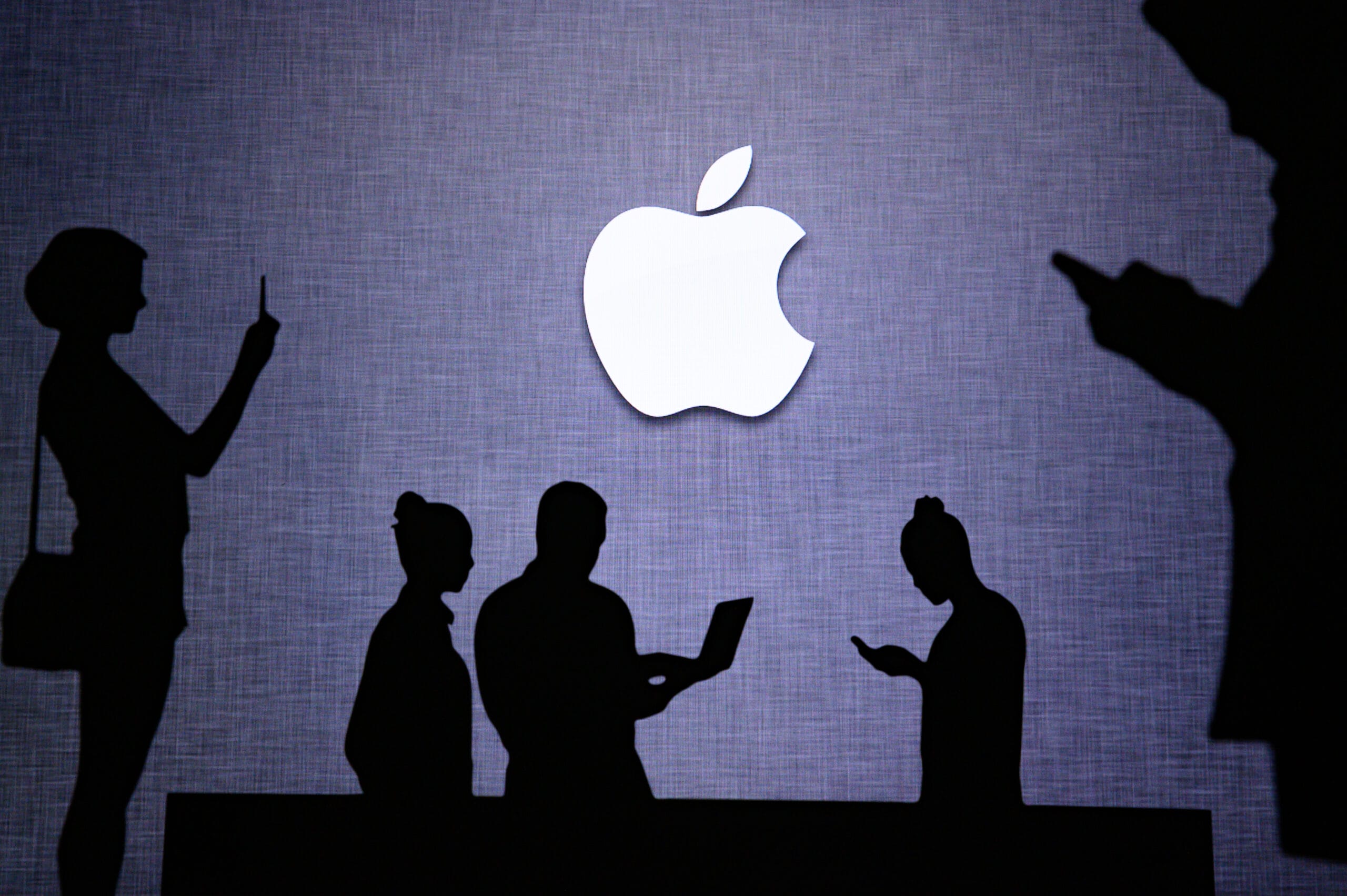TL;DR: Land and expand is a great tactic, but there are pitfalls, explains Luke Taylor, formerly Head of Product Management at Huddle. You have more than one customer and both are equally important for different reasons. Don’t hate the central decision maker – they can be your best friend, or destroy your chance of success.
The Cloud has Fundamentally Changed B2B Selling
Before the Cloud, software had to be sold into a central decision maker – a CIO or CTO – and then rolled out across the company’s desktop-user base. The Cloud meant that a single user of your target customer could try your software and recommend to other users in the organisation, ideally creating a groundswell of support in the organisation, and making a central purchasing decision much more straightforward.
B2B Metrics now are More Like B2C Metrics
Rate of growth is vital and you only get one chance to impress the first user. Your user experience – particularly onboarding – therefore has to be excellent. Thereafter, hooks and methods for expansion have to be baked into the product, whether through invitations or referrals. Finally, you will usually want to offer a free trial, with the view to converting these trial users into paid users once the product’s value has been demonstrated.
Be Realistic About “Land and Expand”
Very few products are critical enough to users that they generate sufficient pressure for the central decision-making unit to make a buying decision. Products have to “solve a critical-enough problem, for enough users, in a quick enough period of time” to gain enough critical mass before central IT shuts you down. Furthermore, organisations hate to be “landed and expanded” on. It creates a disparate, often duplicated set of tools which the business has little control over, and creates business risk.
Be Empathetic to Central Buyers – They Have Valid Concerns
The CIO or CTO may not be the budget holder, but they may control the purchasing decision. They have valid requirements that end users don’t consider, such as uptime, security, and support SLAs. Therefore, you need to address these concerns in your product. This means you may need to build features that are not “core” to your user persona.
Without a Product Strategy, you Won’t Know When to Walk Away
Each client will have their own requirements. You need a framework for looking at potential revenue and business development to help you decide whether it is worth building the requirements. For example, is the requirement a base expectation, or is the requirement reusable for other prospects/clients?
Getting Access to Business Users is Difficult
Central IT is likely to want to control the roll-out of your software, and will be reluctant for users to take part in things like user interviews. Try and sell back to the business the things that it wants: beta programs, user testing and roadmap presentations.
The Buyer can be an Enabler, not a Barrier
If engaged correctly, and with the right alignment, the buyer may be your best friend. They may be able to provide market insight, displace incumbent competitors, and actually enforce change in the organisation.







Comments 0